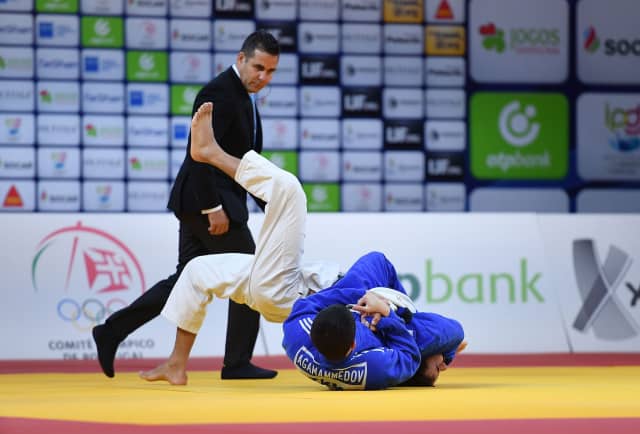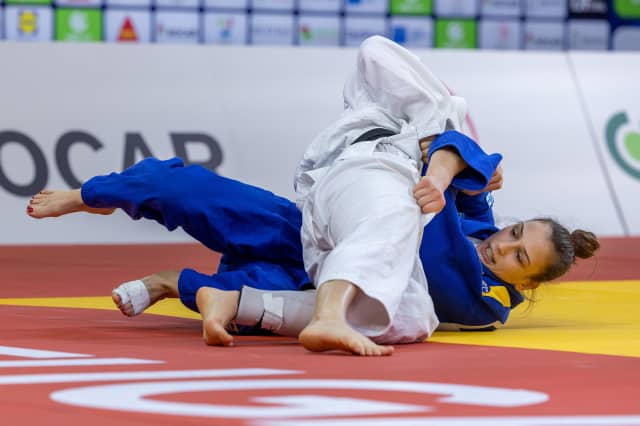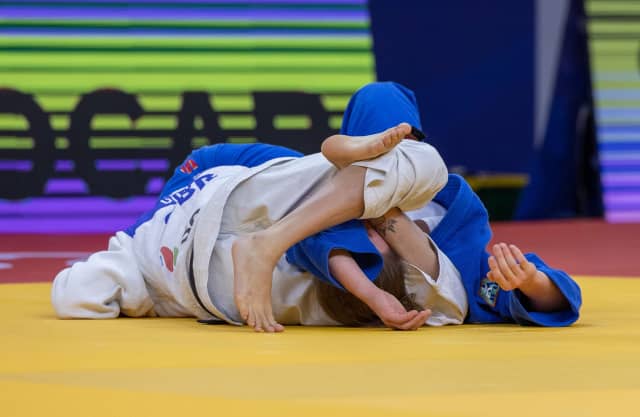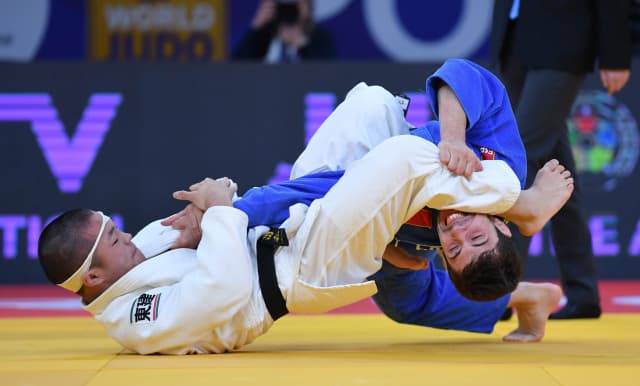Most high-level judo players are well-versed in and capable of finishing their opponents on the ground with fast transitions from tachi-waza to ne-waza, where the openings present themselves naturally as a result of a throwing attempt. For example, using okuri-eri-jime (sliding collar strangle) after a dropping attack from uke or latching onto an outstretched arm for a juji-gatame (cross-armlock), are standard tools in every competitive judoka’s arsenal.
What is less common is seeing so many judoka actively creating opportunities on the ground, where there are no obvious openings to exploit. In the past this was reserved solely for ne-waza specialists, who always looked to take the fight to the ground and grind out their victories that way or for those tachi-waza players who had one turnover or submission that they could always win with, regardless of the opponent.
Being successful in ne-waza requires a certain adaptability because, as well as being good at transitioning to ne-waza, most competitors are skilled in defending against the most popular ne-waza transitions. Thus, it was impressive to see such adaptability from so many athletes on day 1 in Almada.
This was most evident in the multitude of fights that were terminated by juji-gatame. An early example was seen in round 1 in the -48kg category, performed by Perafan (ARG) against Aliyeva (AZE). Initially attempting a sankaku turnover and meeting strong resistance from Aliyeva she switched to the arm, while Aliyeva entangled her leg; a common and solid defence against the armlock, which reduces tori’s ability to lever the arm using the force of their legs. Nevertheless, Perafan persevered, managing to free her leg and after more than 1 minute of attacking on the floor, straightening the arm and getting the submission. Such exchanges are now becoming more and more common, thanks to the additional time being allocated by the IJF referees, and overall the judo looks all the more complete for it.
Another example of this persistence could be seen in the round 1 match between Jumayev (TJK) and Boushita (MAR). There, Jumayev hooked the arm and rolled the Moroccan over, who then also trapped the most available leg. Not to be deterred, Jumayev remarkably managed to release his opponent’s arm with his leg still entangled, showing strong adaptability.
Luka Mkheidze (FRA), in his first event back after a long injury lay-off, tried to apply an ude-gatame (straight arm lock) following a sacrifice throw attempt, on his adversary Bakhtiyorov, who rolled multiple times trying to escape the lock. The Frenchman followed him all the way, switching to juji-gatame and then finally hiza-gatame (knee armlock) to finish the contest.
Along with those armlocks coming from prolonged, focussed efforts, we also saw plenty from fast transitions from standing, most notably in the final of the -60kg category. Fukuda of Japan met Garrigos of Spain and the 18-year-old university student wasn’t at all fazed by his vastly more experienced opponent, directing the Spaniard onto his side with o-soto-gari and then rapidly moving to the armlock to obtain the ippon win. Fukuda took home his first world tour medal and a gold at that.
Judo as a sport continues to evolve and it seems only natural that players and coaches are becoming more aware of the myriad possibilities of ne-waza and are thus are placing increased emphasis on developing it. This was on display for all to see on day 1, with the majority of athletes hunting for the ippon on the ground regardless of their ability in the standing phases. Whether this trend continues for the remainder of the tournament remains to be seen. Keep up with all the action on days 2 and 3 via live.IJF.org.
More images of the Grand Prix Portugal 2023 - CLICK HERE





